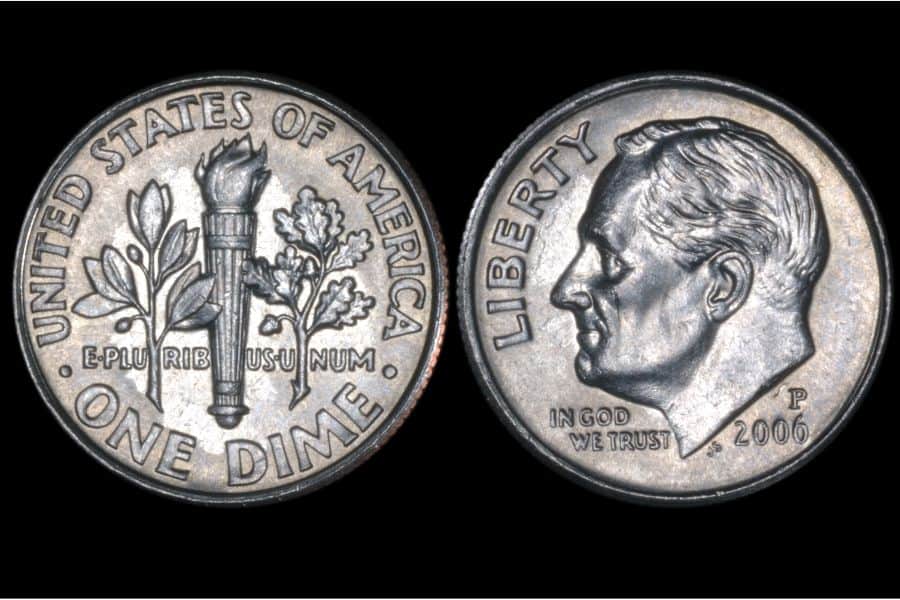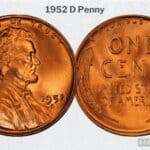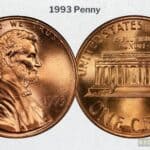Coins have fascinated collectors and seasonal enthusiasts for centuries. Not only do they hold historical value, but some valuable pieces have promise high returns.
However, when most people talk about coins, the main topics of discussion often rotate around their history significance, value, and design.
No one focuses on their weight, since very few individuals show interest in this area.
But if you are in a business that handles a lot of coins, you might be interested in their weight.
In this post, we let’s look at the weight of one of the most commonly used coins in the U.S.: The Dime. In addition, you will learn about its history and composition.
Understanding The Origin of The American Dime
Initially, the weight and size of American coins were tied to their inherent value, and the dime was no different.
The federal government introduced the first dime in 1796, after the Coinage Act of 1792. The coin was originally made of silver and weighed 2.7 grams or 0.0952 ounces. It also featured reeded edges to prevent people from filling them and selling tiny bits of silver.
Here’s an amusing tidbit: The word “Dime” comes from the Roman numeral for 10. It means “one-tenth” of a denarius (derived from the Roman leader Julius Caesar).
As for the design, the Dime featured a bust of Lady Liberty on the obverse and an eagle on the tails.
Over time, the dime’s appearance changed, as well as its weight. For instance, from 1809 through 1837, the dime’s weight reduced from 2.7 grams to 2.41 grams, or 0.085 ounces.
In 1837, the Seated Liberty Dime came into the limelight. As the name suggests, Lady Liberty appeared seated on a rock on the obverse. For the reverse, a wreath replaced the American eagle.
During this time, the weight of the coin fluctuated a little but eventually settled at 2.5 grams (0.088 ounces). It also maintained a composition of 90% silver and 10% copper.
In 1916, the government began minting the Mercury dimes. These coins adopted a new appearance, showing a portrait of Lady Liberty with a winged cap on her head. Many individuals mistook her for Mercury, the Roman messenger god.
Mercury dimes maintained the same design and weight of 2.5 grams until 1945. In 1946, it was replaced by Roosevelt Dimes after the death of President Franklin Delano Roosevelt.
What’s the Weight of An American Dime?
According to the U.S. Mint’s official website, modern-day Roosevelt dimes weigh 2.268 grams or 0.080 ounces.
This weight has been consistent since 1965 when the government altered the composition of dimes to include 91.67% copper and 8.33% nickel. This unique composition explains the shiny silver color of the coins.
But remember, the weight of a dime can change depending on several factors. For example, wear and tear can reduce the weight of these coins over the years. The same rings true when the dimes get exposed to chemicals, particularly those in cleaning products.
However, the weight change caused by these factors might not be that significant.
How Much Does a Roll of Dime Weigh?
First off, a roll of dime contains 50 coins. So, to find out its weight, we must multiply the standard weight of dimes by the number of dimes.
With that in mind, a roll of dime weighs 113.4 grams or 4 ounces. For dimes minted before 1965, a roll can have a slightly higher weight–around 125 grams or 4.4 ounces.
Comparison of Dime Weight to Other American Coins
| Denomination | Composition | Weight | Thickness |
| Cent | Copper plated zinc | 2.5 g | 1.52 mm |
| Nickel | Copper and nickel | 5.0 g | 1.95 mm |
| Dime | Copper and nickel | 2.268 g | 1.35 mm |
| Quarter Dollar | Copper and nickel | 5.670 g | 1.75 mm |
| Half Dollar | Copper and nickel | 11.340 g | 2.15 mm |
| Dollar | Manganese and brass | 8.1 g | 2.00 mm |
Conclusion
The weight of dimes is not only important for coin-related businesses but also for coin collectors and enthusiasts, thanks to their history.
Based on the information above, a dime is made from a blend of copper and nickel. It weighs only 2.26 grams, which makes it the smallest and lightest American coin. However, older dimes (before 1965) had a heavier composition. Most weighed around 2.5 grams.



